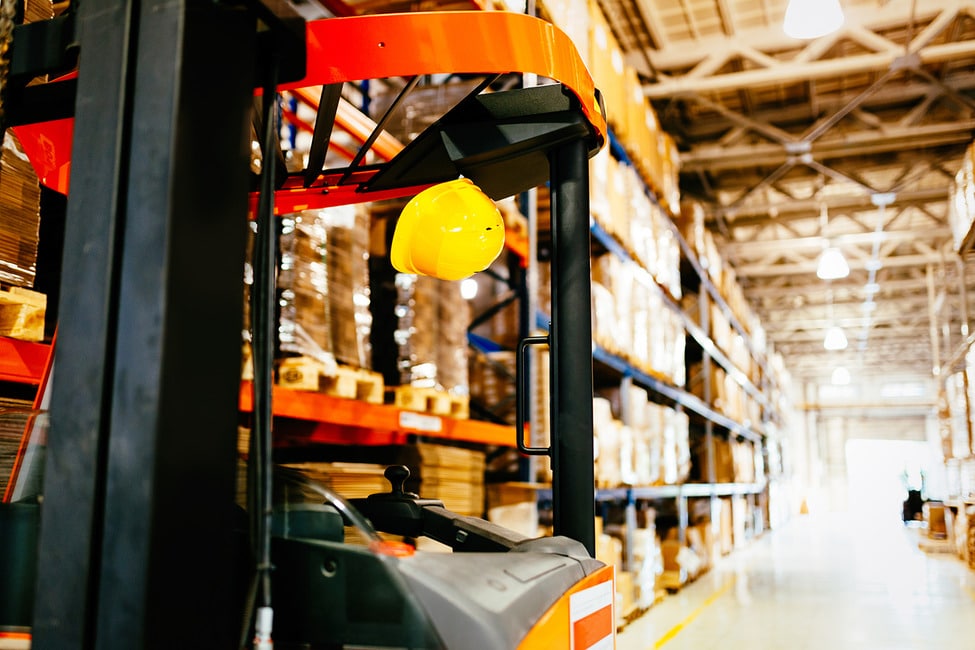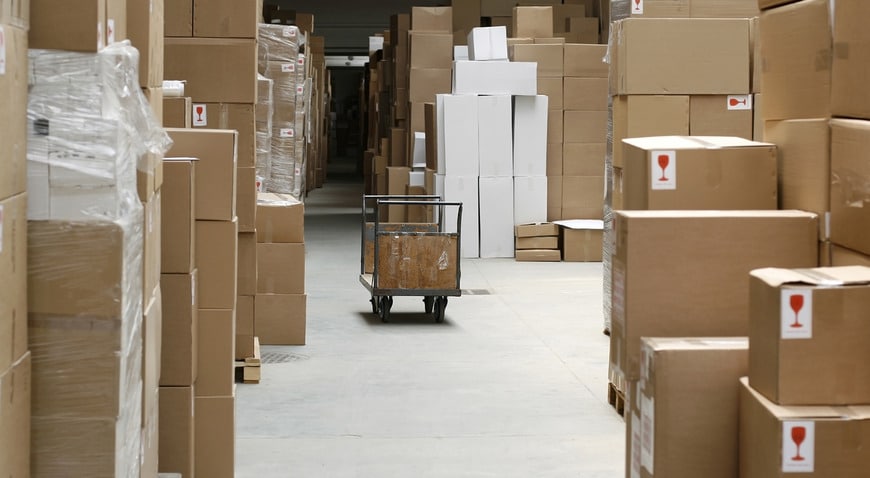
How Many Forklifts Should You Have for Your Warehouse?
Believe it or not, there can be too much of a good thing, especially when it comes to the material handling equipment inside of your warehouse. Having the correct number of forklifts is always preferable to having too few or too many.
Too few, and you’ll fail to meet the demands of your warehouse. Too many, and you risk cluttering your warehouse or putting too many operators behind the controls, impacting productivity and safety.
With that said, how exactly do you determine how many forklifts you should have for your warehouse? With these considerations and some basic math, we’ll show you how.
Look at Your Workflow
Take a moment and consider the unique workflow inside and outside of your warehouse. Determining the number of material handlers can be as simple as answering the question of how many work zones you have, and how closely they overlap. If you have a small, multifunctional space then you’d certainly get away with fewer pieces of material handling equipment.
For larger warehouses that have inside and outside work, then you’d, at the very least, want two forklifts (or the equivalent piece of equipment) so your operators aren’t constantly going in and out.
Take Into Consideration What Products You Have
Do you store light items or heavy items? Is it a combination of both? Lighter inventory means you can use smaller, electric vehicles that are rated for indoor use. If you plan on moving heavy loads (whether that’s heavy inventory or a lot of lighter inventory) then you’ll want to look at high-capacity forklifts. Not only will they deal with that heavy inventory, but you’ll be able to move more at once with fewer vehicles.
Take Into Consideration What Products You Have
Do you store light items or heavy items? Is it a combination of both? Lighter inventory means you can use smaller, electric vehicles that are rated for indoor use. If you plan on moving heavy loads (whether that’s heavy inventory or a lot of lighter inventory) then you’ll want to look at high-capacity forklifts. Not only will they deal with that heavy inventory, but you’ll be able to move more at once with fewer vehicles.

Determine Your Average Productivity Demands
This is where a little bit of math comes in, but trust us when we say it’s worth it for determining the average productivity demands of your warehouse. Before you do anything, talk to your operators and review operator records to get an idea of how many pallets per day your operators move and how long they’re in their vehicles. This tells you what the capacity of your average operator is, after all, they aren’t always in a vehicle. They take breaks and do paperwork and other tasks throughout the day.
Take the average number of pallets per day and multiply them by the average time it takes to move them. That number is the total number of minutes your operators spend using their vehicles per day. Divide that number by 60 to get an hourly figure, then divide that figure by the number of operators on your payroll. Bam! Now you know how many vehicles you need.
We Provide Forklifts; Rent or Own
Whether you want to rent or buy a forklift, we offer you quality material handling equipment of all kinds. To put it simply, if it’s used to move things around a warehouse, we probably rent or sell it.
